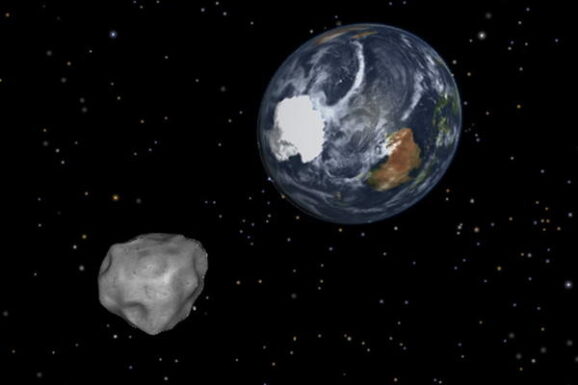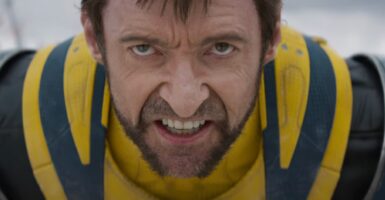UN Approves Asteroid Protection Guidelines And Japan Tests An Asteroid-Blasting Space Cannon

Between huge meteor chunks being recovered from a Russian lake, planned asteroid mining, and space rocks that fly by and will circle back again, space-related news these days seems pretty focused on asteroids. In fact, asteroids are a big enough deal that even the United Nations is thinking about them — to the extent that it recently approved guidelines to protect our planet from asteroids that could do to us what they did to the dinosaurs.
Back in 2008, the Association of Space Explorers developed some guidelines that provided the basic framework for the UN measures, but they mostly just gathered dust. It might have been the meteor — the relatively small meteor, I should point out — that injured 1,000 people in Russia when it caused massive shockwaves that broke windows and damaged property that caused the UN to finally take the situation seriously. Or maybe the members just got around to watching Armageddon. Whatever the reason, the U.N. is adjusting the 2008 guidelines in some important ways, including a collaborative and coordinated global effort (hey, why should it all be on NASA? And with the recent shutdown, I’m not sure that’s such a great idea) and some specific means of responding to such a threat.
Here are the specifics: the U.N. will put together an “International Asteroid Warning Group” so astronomers from around the world can share information. Upon detection of a threat, a committee I never knew existed, the Committee on the Peaceful Uses of Outer Space, will start coordinating a mission to deal with the threat — namely, by slamming a spacecraft into it to push it off its Earthbound course.
Maybe they really did just watch Armageddon.
While crashing a spaceship into an asteroid may not seem like a good idea (neither does slamming an asteroid into the moon, but that’s another story), it’s better than nothing, especially if a threat emerges suddenly and we don’t have a whole lot of time to respond to it. Still, perhaps at some point other options will be considered. In the meantime, it seems that everyone agrees that early detection is the goal. Ed Lu, an astronaut and a member of the Association of Space Explorers, established the B612 Foundation, dedicated to defending the Earth against asteroids (click here to see a video of Neil deGrasse Tyson moderating a panel on the subject). Their primary weapon is the infrared space telescope Sentinel, which they plan to launch in 2017 to identify and catalog near-Earth asteroids. B612 estimates that there are about a million of them, so Sentinel will have its hands full, but they believe that with state of the art mapping techniques, the telescope would be able to identify 20,000 asteroids in the first month, and 98% of all near-Earth asteroids in just over six years.
If nothing else, perhaps we can use a recently developed and successfully tested Japanese space cannon to blast apart any asteroids that might pose a threat. Despite its name, the space cannon isn’t meant to obliterate an asteroid — rather, the Japan Aerospace Exploration Agency wants to gather data about asteroids, specifically asteroid 1999 JU3, a big ol’ rock that contains material over 4.5 billion years old, and which may at some point have been exposed to water. The cannon will hitch a ride to the asteroid on the Hayabusa-2 craft where it will launch a four-pound explosive into the asteroid. After the Hayabusa-2 takes cover, the explosive will be remotely detonated and the spacecraft will circle back around to the impact site where it will gather debris for examination. The asteroid blast is scheduled for 2018, and the ancient material would make it back to Earth by 2020, when it will hopefully provide more clues about the origin of the solar system.












